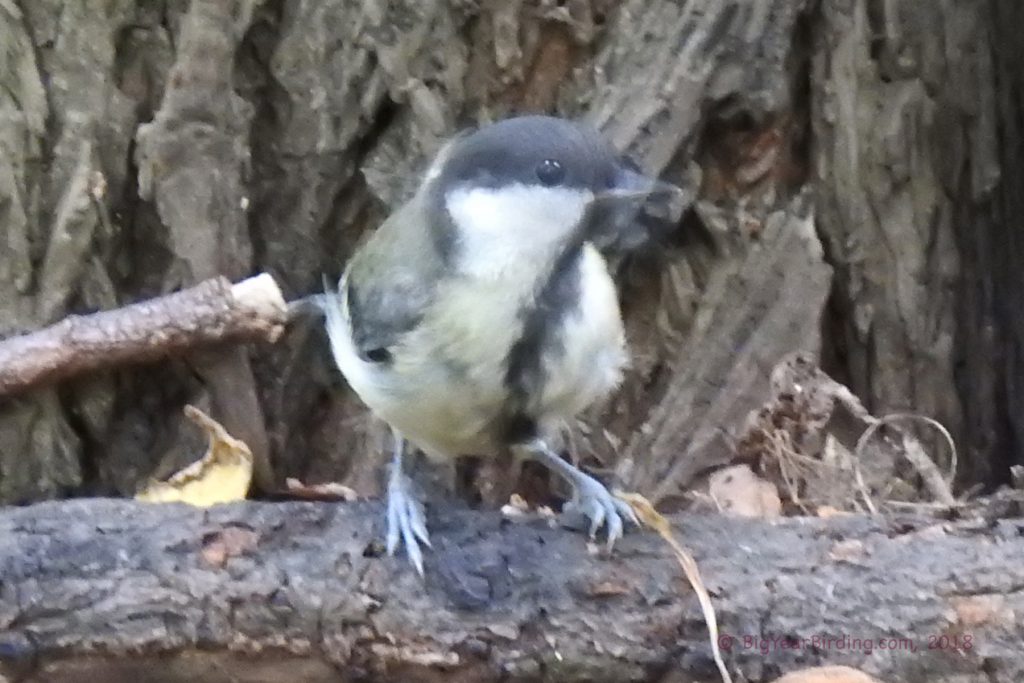
The Great tit is a small passerine bird that belongs to the Paridae family. Adults measure around 5.5 to 6.3 inches (14-16 cm) in length with a wingspan of 8.7 to 9.8 inches (22-25 cm) and weigh between 0.4 to 0.6 ounces (11-16 g). Males and females look similar, with a distinctive black head, white cheeks, and a yellow belly. The wings and back are olive-green in color, and the tail is bluish-gray with white outer feathers. The bill is short, black, and slightly curved.
The Great tit is a non-migratory bird and can be found throughout Europe and Asia. They prefer deciduous and mixed woodlands, parks, gardens, and hedgerows, but can also be found in urban areas. They are also resident in the United Kingdom, where they are widespread and common, and can be found in various habitats such as woodlands, parks, and gardens.
One of the Great tit’s most distinguishing features is its distinctive song, which is a loud, clear “teacher, teacher, teacher” followed by a variety of notes. They are also known for their acrobatic foraging behavior, often hanging upside down from branches and twigs to feed on insects and spiders. They will also take seeds and nuts, and can be seen visiting bird feeders in gardens.
During the breeding season, Great tits form monogamous pairs, and both sexes work together to build a nest made of moss, hair, and feathers in tree holes or crevices. The female lays 6-12 eggs, which she incubates for around two weeks. After hatching, the chicks are fed a diet of insects and spiders, and fledge after around three weeks. Great tits can produce two broods a year.
In conclusion, the Great tit is a common and widespread bird across Europe and Asia, and resident in the United Kingdom. With their distinctive black head, white cheeks, and yellow belly, they are easy to identify. Their acrobatic foraging behavior and loud, clear song make them a popular bird to observe, and they can often be seen visiting bird feeders. Their nesting habits are fascinating, with both parents working together to raise their chicks. Overall, the Great tit is a beloved species that adds color and character to its natural habitat.
